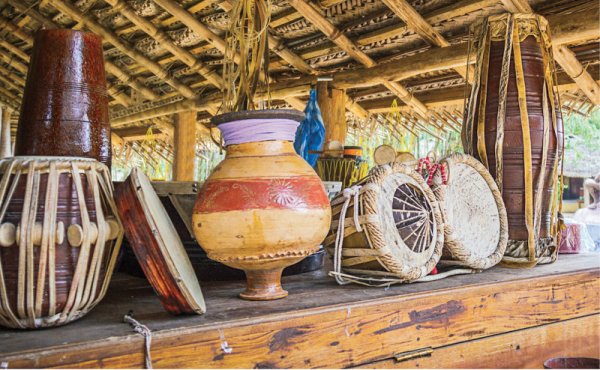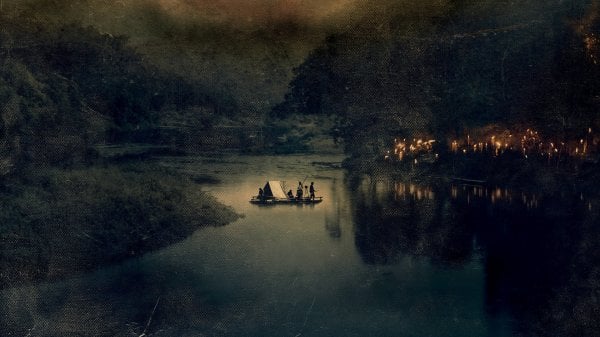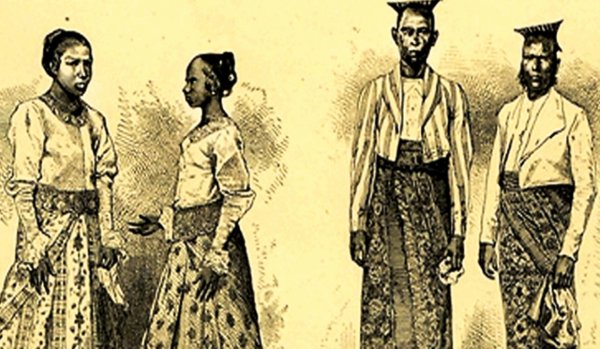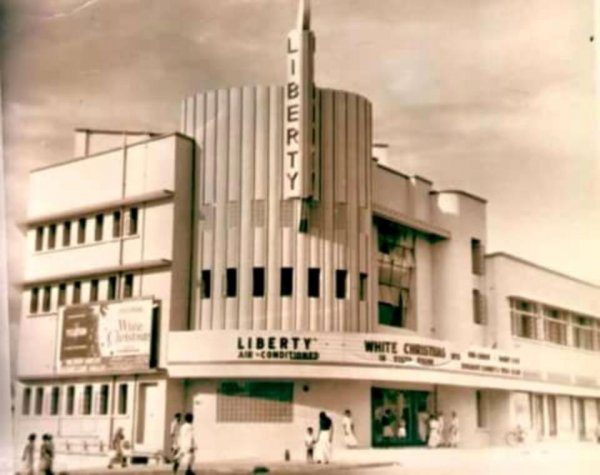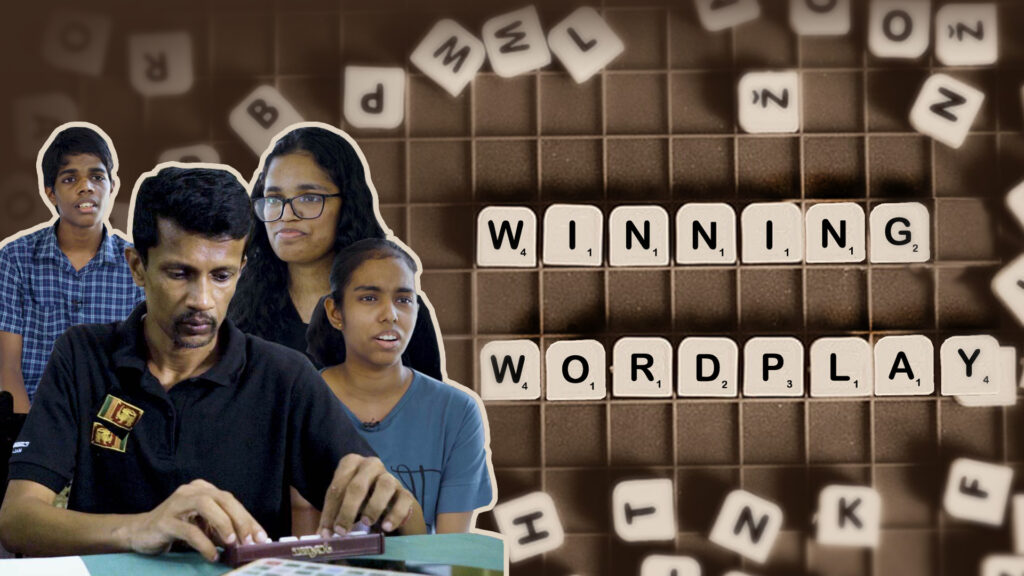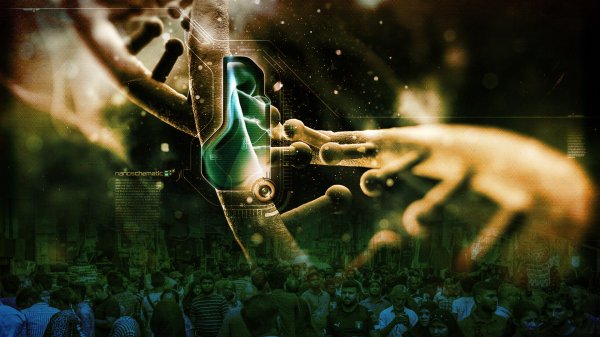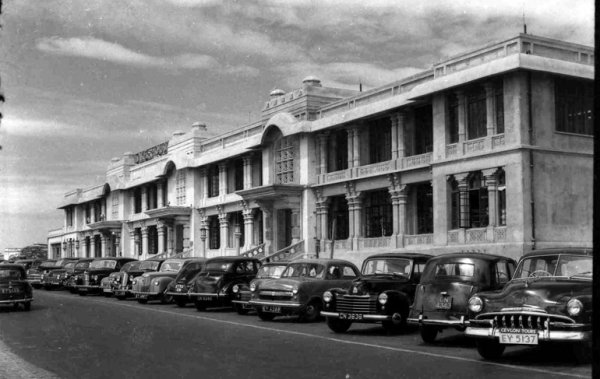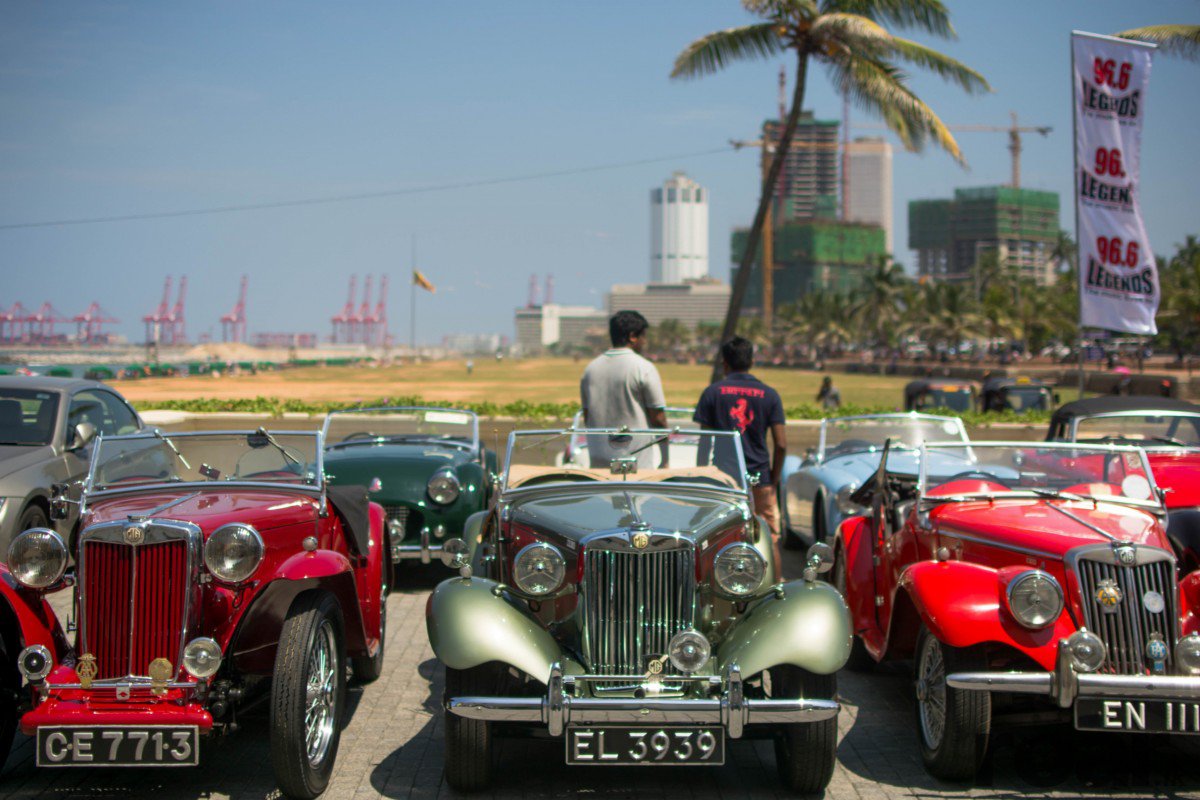
Today, when stepping on to Sri Lankan roads, it is pretty clear that we have an overload of vehicles. Since 1997, the number of vehicle registrations has been on a steady increase, with 2015 seeing the highest number of vehicles registered. Despite taxes increasing with every annual budget, we Sri Lankans have not lost our love for vehicles; case in point: local businessmen recently imported a brand new Rolls Royce worth an astonishing Rs. 158 million!
Let’s go back in time to when this craze began. The first car to enter Sri Lanka was an 8 HP Single Cylinder Rover automobile brought down by Edgar Money in 1902. During this time, the roads were barely built and poorly linked only the key towns around the island, but the quality and the length of the roads grew significantly between the 1940s and 1960s and are continuing to improve today.
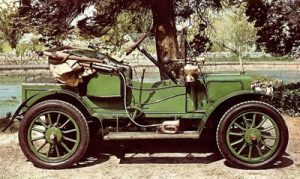
Sri Lanka’s first automobile, the HP Cylinder Rover automobile brought down by Edgar Money in 1902. Image credit: www.uniquecarsandparts.com.au
For vehicle lovers, the 1960s brought about a turn for the worse. The Sri Lankan Government decided to impose a ban on all imports in an attempt to fix the deficit of foreign exchange. This meant that the importation of vehicles into the country had to stop and therefore vehicles that were already in the island needed to be maintained and preserved. This is was the aim of the Veteran Car Club of Ceylon (VCCC) and the Vintage Car Owners Club (VCOC).
The VCCC began in 1958 and moved on to become the VCOC in 1987. The appreciation for older vehicles began to become a part of the Sri Lankan culture. Even though vehicles were not entering the country, the VCCC and the VCOC ensured that Sri Lanka maintained its appreciation for cars by hosting events and drawing more car enthusiasts into their community. The oldest car in the VCOC, the Morgan-Super Sport A25, ages back to as early as 1913. Other cars in the club range from lorries to Mercedes Benzes and Rolls Royces.
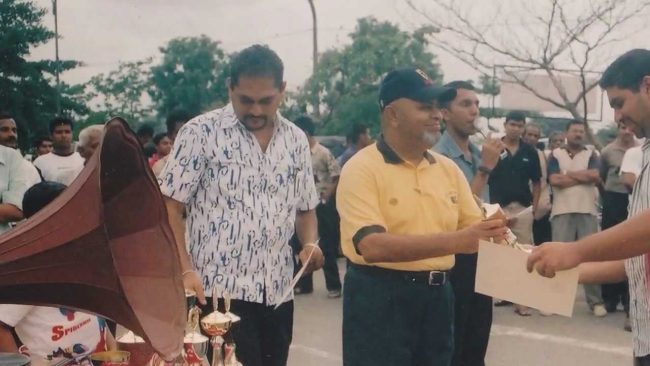
The Vintage Car Owners Club (VCOC) holding an event to maintain the appreciation of classic cars in Sri Lanka. Image credit: YouTube/The Pixel Factory
In the late 1970s the government reversed its trade policies and imports were allowed back into the country, and this included vehicles. At that time there were only 208,026 cars on the road, but this trend was about to change. One major trade relationship that impacted the nation was the tie between Sri Lanka and Japan, which resulted in imports extending from plastic, iron, steel, electrical machinery, chemical products, and vehicles.
One of the key Japanese brands that was imported and still dominates the roads today was Toyota, a Japanese car brand owned by the Toyota Tsusho Corporation. The most common vehicle imported through Japan was the Toyota KE30 1977, which is still in the market today. Other older, less expensive models were also imported, but the KE30 was the prime pick as it was marketed as a luxury sedan. After the reversal of the anti-trade law and the ties between Sri Lanka and Japan, Sri Lanka reopened its automotive trade relationship with India and started importing from TATA Motors again. The relationship between TATA Motors and Sri Lanka began in 1961 when Sri Lanka imported the first TATA truck built by the TATA Company. In 1977 TATA opened a branch in the island through DIMO, and today, Sri Lanka and TATA hold a 50-year strong relationship.
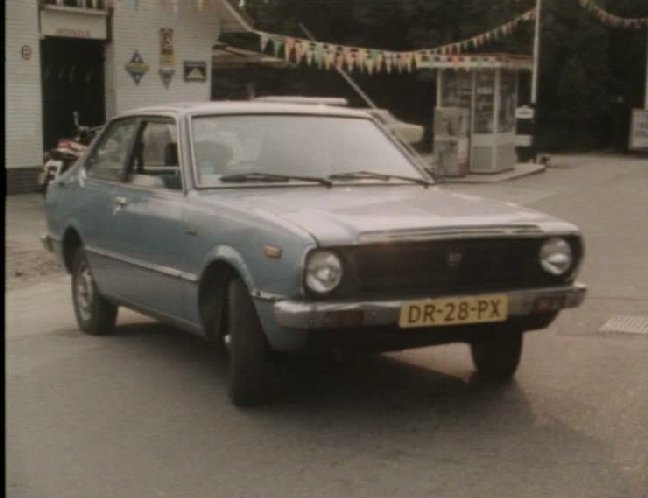
The Toyota KE30 1977, the most luxurious Toyota in Sri Lanka after the reversal of the trade law in 1977. Image credit: www.imcdb.org
The production of the tuk tuk by David Peiris Motors in the late 1970s was an important contributor to the Sri Lankan automotive industry. Primarily, the tuk tuks were imported from India and Indonesia; however, Mr. David Pieris took production into his own hands and marketed it as a family vehicle. There is no doubt today that the tuk tuk is the most convenient (yet the most annoying!) vehicle on the road. In the past, however, the tuk tuk was an integral mode of transportation and distribution for the growing small businesses of Sri Lanka and, most of all, it was affordable.
Another India-Sri Lanka relationship that extends as far as the eye can see today, is evident in the buses that rage across our city. Yes, we are referring to Ashok Leyland, the ever so intimidating and frightening monster of a bus that makes all our hair stand up as it whizzes past us. After the liberation of trade, the Sri Lankan government was importing buses to Sri Lanka by the thousand. In 1983, Sri Lanka couldn’t wait any longer and Sri Lanka tied up with India and opened its own branch for the assembly and manufacturing of vehicles. Sri Lanka’s ties with Ashok Leyland remains strong today even today.
The 1980s also brought about a time of turmoil for Sri Lanka with the beginning of the civil war in 1983. This meant that it was time to bring in armored vehicles. The Sri Lankan Armored Corps (SLAC) expanded in both personal and armored vehicles to meet the threats. Military vehicles such as Ferret Scout Cars, Saladin Armored Cars and BTR 152 B APCs were flooding in from around the world. This continued till the end of the war in 2009.
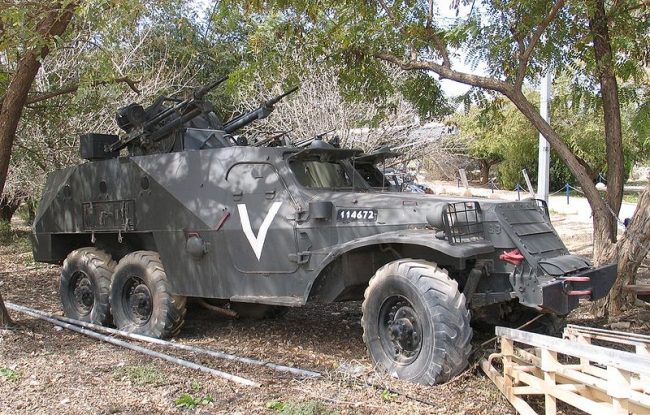
BTR 152 B APC – One of the armoured vehicles imported but the Sri Lanka Armoured Corps during the beginning of the Civil War. Image credit: .tanks-encyclopedia.com
The 1960s, 1970s and the 1980s were not the prime eras for car enthusiasts. With the economy closing itself from imports from the 1960s to the 1970s and then the civil war that began in the 1980s, many Sri Lankans were forced to make do with the older cars, buses, and tuk tuks already on the island. The economic instability and the civil war did not, however, entirely stop Sri Lankans from owning vehicles. By the 1980s Sri Lanka had 523,723 vehicles on the road and today we have over 6,302,141 vehicles. We really have come a long way since Edgar Money’s 8 HP Single Cylinder Rover.
Featured image credit: Roar.lk/Thiva Arunagirinathan

